Click below to listen to my 2 min. Garden Bite radio show: Garden nurseries
We’re living in a strange land that none of us could have imagined just a couple of months ago. As gardeners we instinctively love being outdoors.

Thankfully THAT’s still an awesome thing we can do and we can benefit in so many ways. Oh I’ve already had a few days to get out in the sunshine and cut back some perennials and grasses and linger a proper distance away from my neighbors who gather to check on each other!
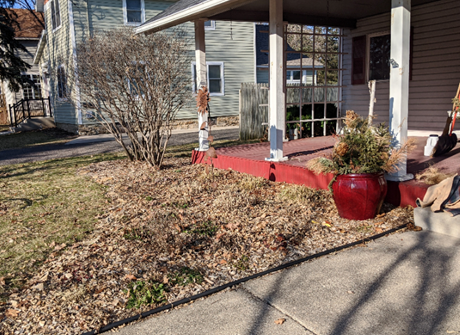
The question now is about garden centers. Will they be open? I’m certain they will be doing SOMETHING, although they may have to modify HOW they do things, it’s really important to check your local garden centers FIRST.

Right now, all small local businesses are having a rough time. Sales are down and some spirits may be as well. But gardeners, we LOVE playin’ in the dirt and will figure out a way.

I’ve always encouraged my listeners to buy local first. That’s not to say you shouldn’t ever buy online, I do. However, I always check locally before buying anything. Not only are we helping our local communities, but the service we receive is, generally, top notch as these are people we know, people we can talk to and ask questions. Another bonus is these plants were grown locally and very likely free of chemical treatments.
With that, let’s talk a little about some native plants. The likeliest natives to fit most landscapes are prairie perennials. These include butterfly milkweed, baptisia aka as wild indigo, and purple poppy mallow to name a few.
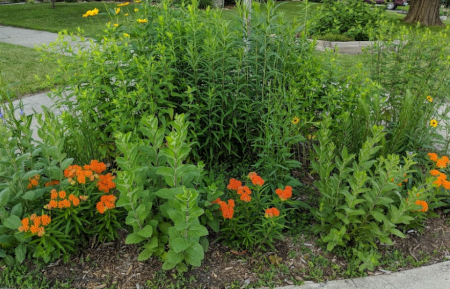
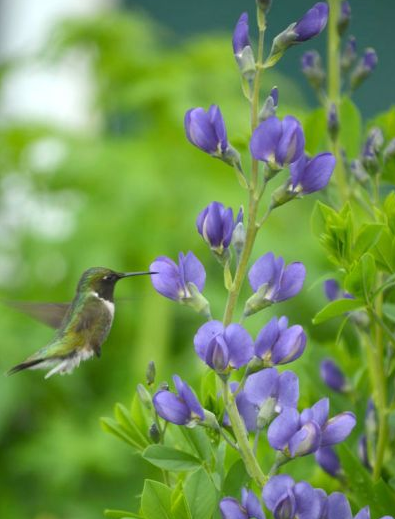
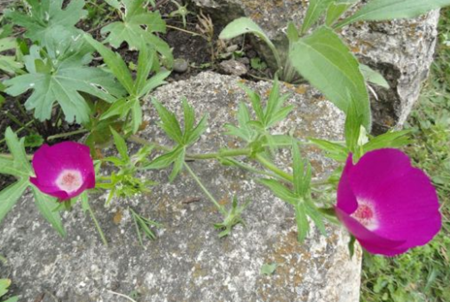
And there’s this darling, I think the name is fun! Hairy Mountain Vervain.
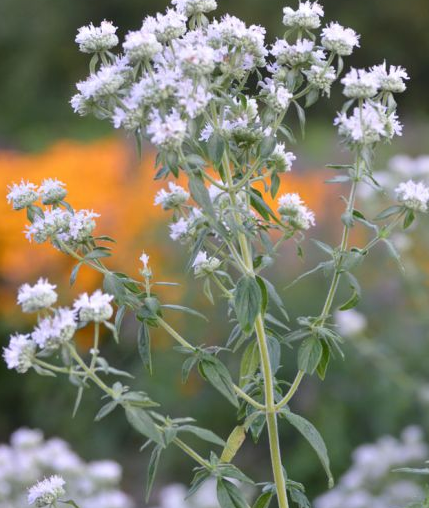
Hairy Mountain Mint is easy to grow from seed and easy to care for once established. It is clump-forming and can spread by rhizomes readily so is not the best native plant for small areas but roots can be easily cut back once a year to prevent spreading. The maximum height of 3′ will be in average soils and full sun. 1-2′ is more likely in drier soils and part shade. The small white to lavender flowers have subtle purple spots and are packed with nectar inviting all kinds of bees, wasps, flies, beetles, moths and butterflies. It indeed is one of THE natives to have to attract pollinators.
